Hi there, pet lovers! 🐍
For reptile enthusiasts seeking something truly extraordinary, the File Snake (Limaformosa spp.) stands out as one of the most unusual and captivating species available. With their prehistoric appearance, intriguing behaviors, and manageable care requirements, these snakes offer a rewarding experience for dedicated keepers.
Unlike more common pet snakes, File Snakes boast a striking triangular body, heavily keeled scales, and a distinctive personality that sets them apart. But are they the right pet for you? In this detailed review, we’ll explore everything you need to know—from their temperament and care needs to their availability and long-term commitment.
Overview
File Snakes are non-venomous, nocturnal reptiles native to Africa, known for their unique appearance and docile nature. Here’s a quick summary of what makes them special:
- Handling and Temperament: Generally calm but can be shy; may hide their heads when nervous.
- Care and Maintenance: Moderate—requires specific humidity and temperature control.
- Health and Durability: Hardy once established, but sensitive to improper conditions.
- Availability: Rare in the pet trade; captive-bred specimens are preferred.
- Cost: Affordable initial setup, but sourcing one may be challenging.
- Overall: A fascinating choice for experienced keepers who want something truly unique.
Why Choose a File Snake?
File Snakes are not your typical pet snake. Their triangular cross-section body, ridged keeled scales, and striking color variations make them visually stunning. Unlike many snakes, they have a distinctly prehistoric look, resembling ancient reptiles more than modern colubrids or pythons.
These snakes are ideal for keepers who:
- Want a low-maintenance but visually striking reptile.
- Appreciate unique textures and behaviors (they love soaking in water).
- Are willing to commit to a long-lived species (15+ years with proper care).
However, they are not recommended for beginners due to their specific care needs and rarity in captivity.
Handling and Temperament
File Snakes are generally docile, but their behavior can vary based on individual personality and socialization.
Personality Variations
- Some are calm and tolerate handling well, while others may be shy and prefer to hide their heads (much like ball pythons).
- Wild-caught specimens tend to be more nervous and may thrash when startled.
- Captive-bred individuals, especially those handled regularly, become more relaxed over time.
Handling Tips
- Support their body fully—they have a rigid, keeled structure that feels different from typical snakes.
- Avoid sudden movements, as they may react by tucking their head or jerking away.
- Be patient with new snakes—allow them time to adjust before frequent handling.
Biting and Defensive Behaviors
- Bites are extremely rare and usually occur due to feeding confusion rather than aggression.
- If they do bite, it’s typically a harmless nip (no venom, minimal pain).
- Their primary defense is hiding their head or musking (a mild-smelling secretion).
Care and Maintenance
While not as demanding as some exotic reptiles, File Snakes do require specific conditions to thrive.
Enclosure Setup
- Size: A 20-gallon long tank (or equivalent PVC enclosure) is suitable for an adult.
- Substrate: Coconut fiber or cypress mulch (holds humidity well).
- Climbing & Hiding: They are terrestrial but enjoy burrowing—provide cork bark, hides, and leaf litter.
- Water Bowl: Large enough to soak in—they frequently submerge themselves.
Humidity and Temperature
- Humidity: 60-80% (mist regularly, but ensure ventilation to prevent mold).
- Temperature:
- Warm side: 75-80°F (24-27°C) (under-tank heater recommended).
- Cool side: 70-75°F (21-24°C).
- Night drop: Can go as low as 65°F (18°C).
⚠️ Avoid overheating—temperatures above 85°F (29°C) can be dangerous.
Feeding
- Diet: Primarily rodents (mice or small rats), but some may accept lizards or amphibians.
- Feeding Schedule:
- Juveniles: Every 5-7 days (pinky mice).
- Adults: Every 10-14 days (small rats).
- Challenges: Some wild-caught individuals may refuse rodents—assist-feeding may be necessary initially.
Lighting
- No UVB required, but a low-wattage heat mat is ideal for maintaining warmth.
- Nocturnal, so bright lights should be avoided.
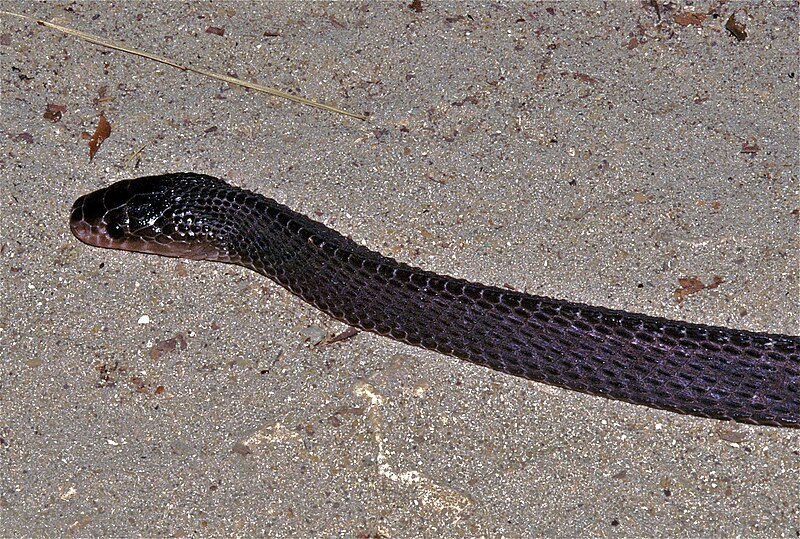
Health and Durability
File Snakes are relatively hardy when kept in proper conditions, but they have some key sensitivities.
Common Health Issues
- Respiratory Infections: Caused by excessive humidity or poor ventilation.
- Dehydration: Occurs if humidity is too low (watch for wrinkled skin).
- Parasites: More common in wild-caught specimens (always quarantine new snakes).
Preventative Care
- Maintain stable humidity and temperature.
- Provide fresh water daily (they drink and soak frequently).
- Quarantine new snakes for at least 30 days before introducing them to a collection.
With proper care, File Snakes can live 15-20 years in captivity.
Availability and Cost
Where to Buy
- Breeders: The best option—look for captive-bred specimens (healthier and easier to feed).
- Reptile Expos: Occasionally available, but rare.
- Online: Some specialty reptile sellers offer them, but avoid wild-caught imports.
Cost Breakdown
- Snake Price: $150-$400 (depending on species and breeder).
- Setup Cost: $200-$300 (enclosure, heating, substrate, hides).
⚠️ Avoid wild-caught—they often have health issues and feeding difficulties.
Pros and Cons
Pros
✔ Striking, unique appearance (unlike any other snake).
✔ Docile temperament (once acclimated).
✔ Low-maintenance compared to other exotics.
✔ Long lifespan (15-20 years).
Cons
❌ Rare in captivity (hard to find captive-bred).
❌ Sensitive to improper humidity/temperature.
❌ Some individuals may be picky eaters.
Final Thoughts
The File Snake is a remarkable pet for those who appreciate unusual reptiles and are willing to meet their specific care needs. While not as readily available as ball pythons or corn snakes, their striking looks and intriguing behaviors make them a standout choice for dedicated keepers.
If you’re considering a File Snake, always opt for captive-bred specimens and ensure you can provide the right environment. With proper care, these snakes can be a long-term, rewarding addition to any reptile collection.
Have you kept a File Snake before? Share your experiences in the comments—we’d love to hear your tips and stories!
For more reptile care guides and exotic pet reviews, stay tuned to our blog and subscribe for updates! 🐍

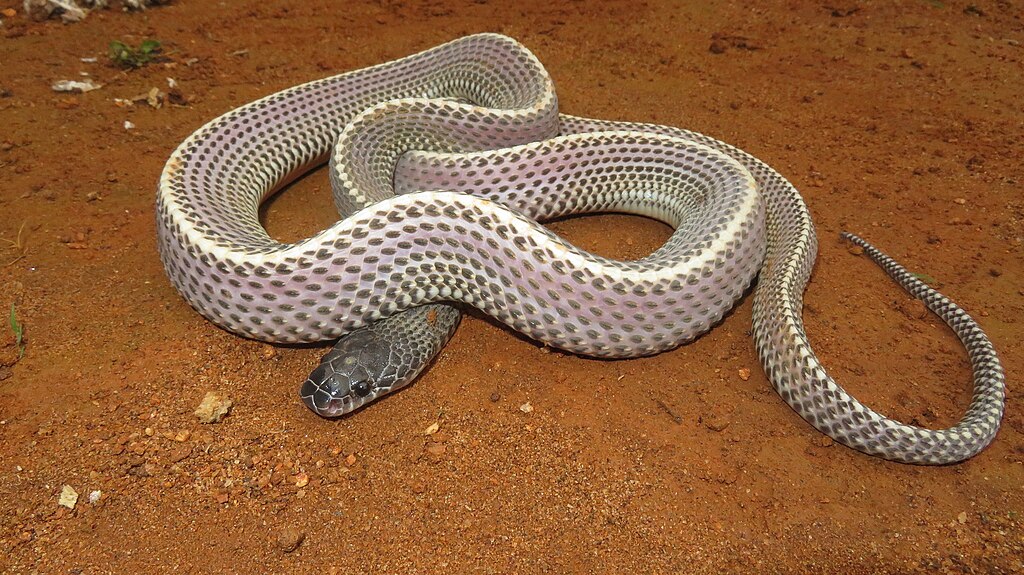

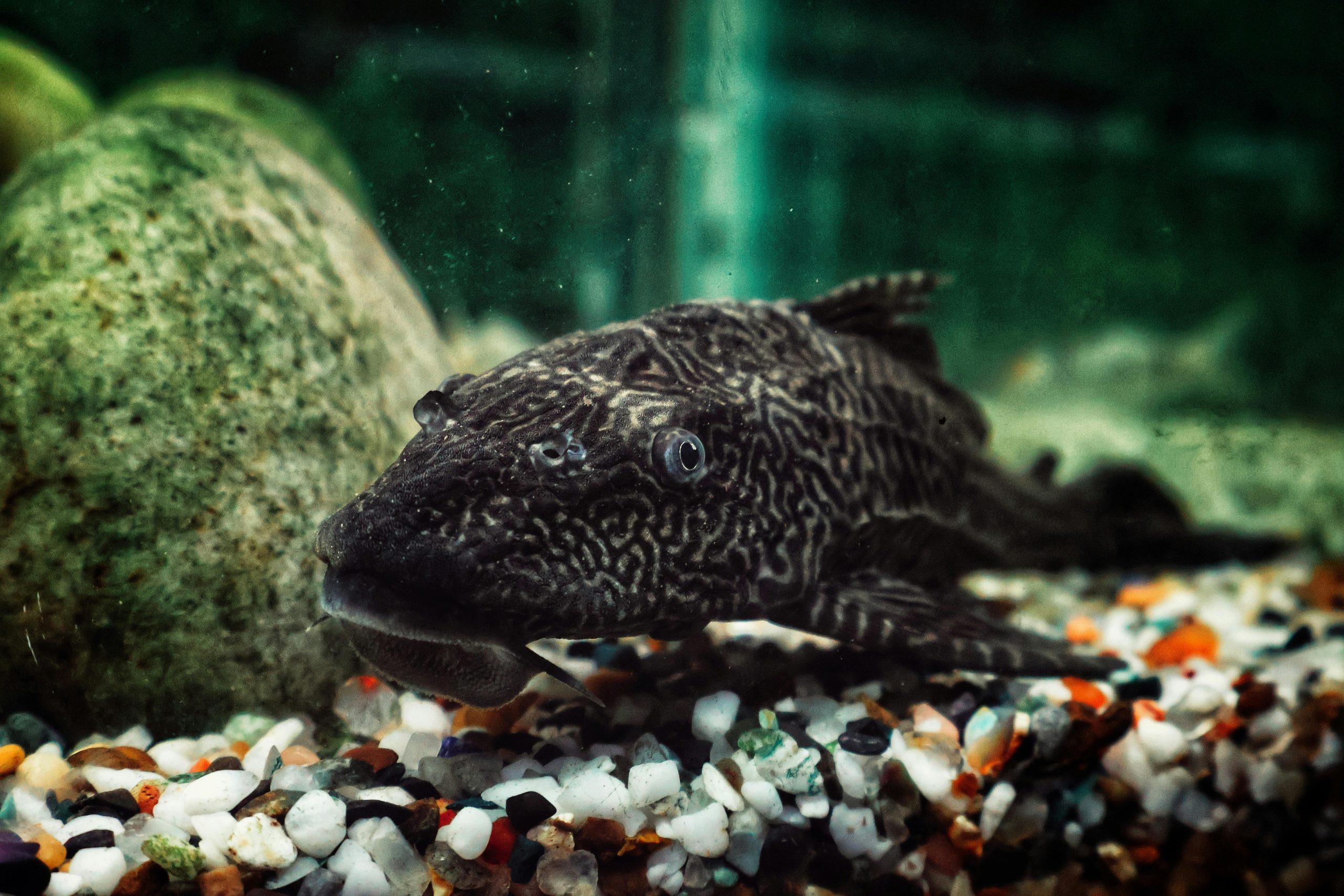
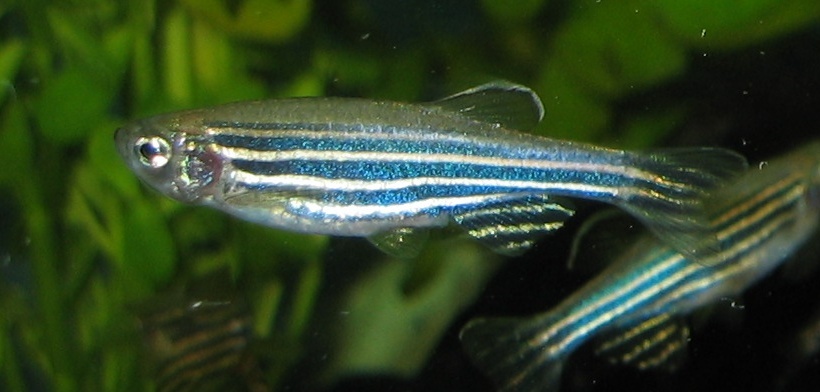
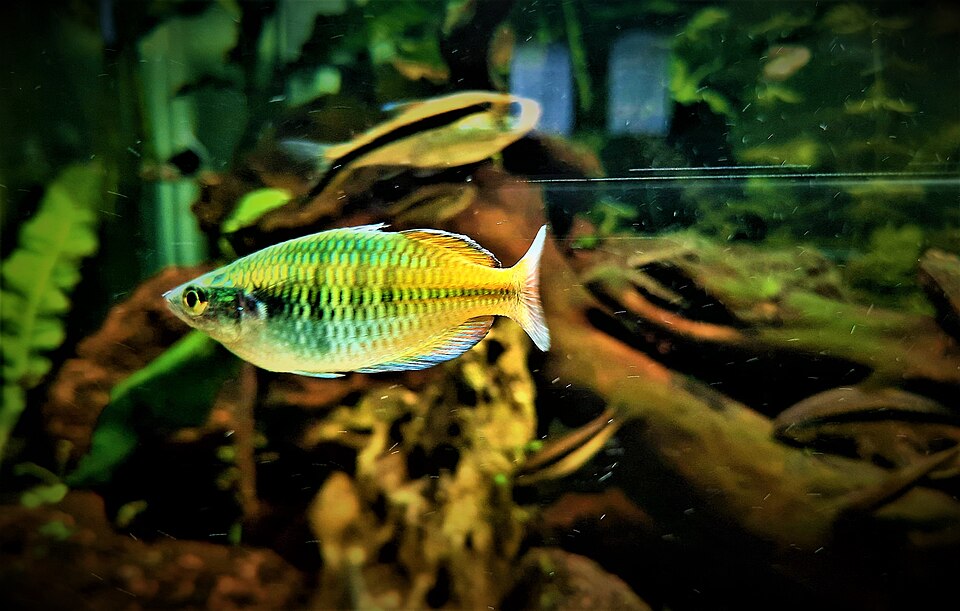
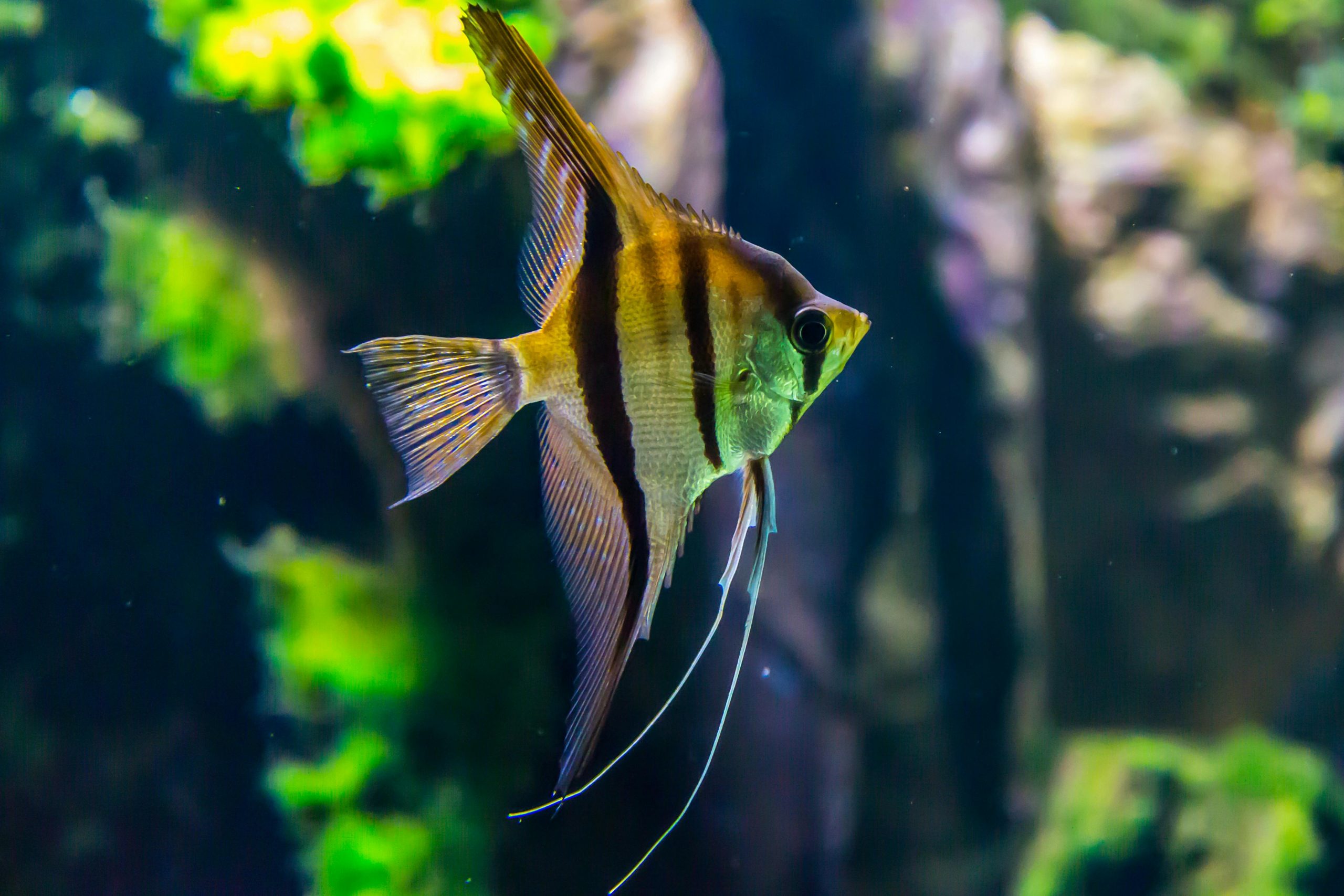
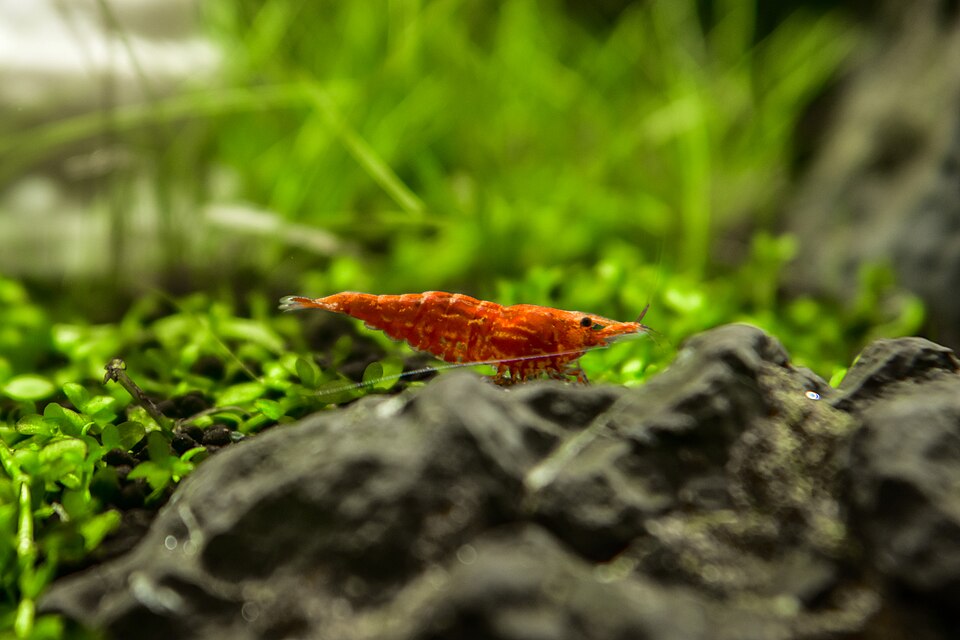
Leave a Reply